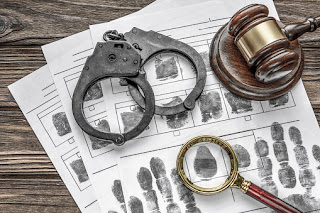Understanding The Role Of CPS
Child Protective Services is a branch of your state’s social services department that is responsible for the assessment, investigation and intervention regarding cases of child abuse and neglect, including sexual abuse. In all of its procedures, CPS must follow state and federal laws. CPS typically takes cases where a child has been abused or is believed to be at risk of abuse by someone who has care giving responsibilities for that child.
Some examples of names used in other states for child protective services are Department of Family Services, Department of Social Services, and Department of Youth and Family Services. Your state may even have a different name. CPS workers follow a standard protocol when responding to a child abuse report. First, they must assess the safety of the child. If the child’s immediate safety is not at risk, then the worker will work with the family to reduce the risk of future maltreatment and help the child cope with the effects of previous maltreatment.
If the child’s environment is deemed a risk to their well-being, then the CPS worker will intervene to protect the child from harm. The child typically goes to a foster home as counseling begins. While the goal of the CPS worker is to be able to reunite the child with their family after intensive counseling, they also begin to develop a concurrent plan. This means seeking out a safe adoptive home for the child.
The role of child protective services is that they must play on a day-to-day basis. Firstly, they must do a lot of desk work, receiving and evaluating reports of child abuse cases, most of which are made over the phone. They then must use reasoning and investigative skills to determine if the child is at risk. If so, then CPS workers counsel and rehabilitate the child and family. They often provide support for each family for up to one year. If a child cannot be put back into their home, then workers also must coordinate an adoptive home, foster parents, or refer the child and their family to other support services.
First and foremost, CPS is committed to finding safety for a child within the home. In situations where the home is identified as unsafe for children, CPS’s strong preference is to remove the abuser. CPS removes children from the home only as last resort after all other options have been considered or explored.
Because child sexual abuse is a crime in all 50 states, police and law enforcement may also become involved in the investigation of child sexual abuse. The focus of law enforcement is on the person who has offended and on any criminal proceedings that are involved. The focus of CPS is on the family and on the protection of the child.



Comments
Post a Comment